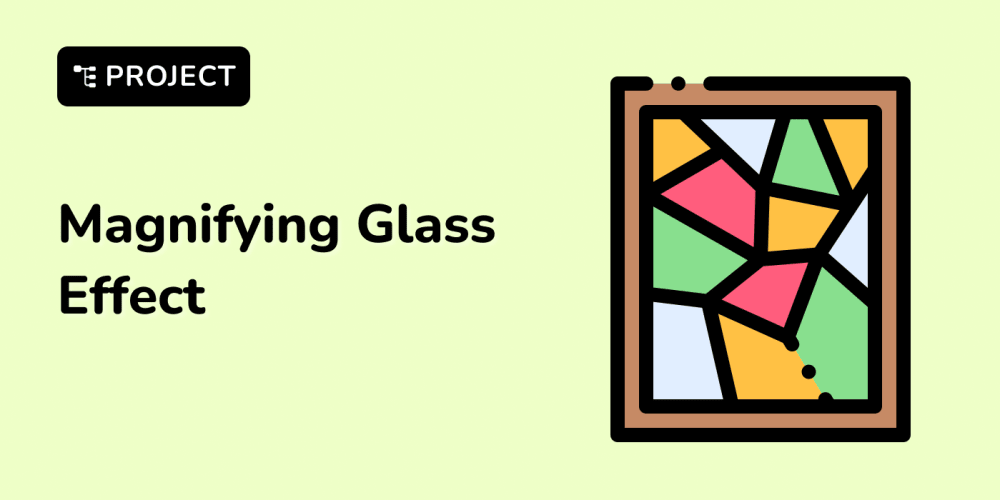Decorator pattern:
It is one of the structural design pattern.
This pattern acts as an wrapper to an existing class.
This pattern creates a wrapper class that wraps the existing class providing additional functionality keeping the class methods and signature intact.
Let's take the same example we took in Bridge design pattern for Toy and Paint
Toy
public interface Toy {
public void createToy();
}
Implementation of Toy Car
public class Car implements Toy {
@Override
public void createToy(){
System.out.print("Creating Car ");
}
}
Implementation of Toy Train
public class Train implements Toy {
@Override
public void createToy(){
System.out.print("Creating Train ");
}
}
ToyDecorator
/**
*
* Decorator is an abstract class not an interface because we want to initialize
* the Object (in our case Train or Car) so that we can provide additional feature on
* top of the existing Object (in this case Car or Train) when we extend this abstract class
* And initialization is possible through dependency injection via constructor
*
* If we had interface in this place then we would not have been able to initialize
* Object in run time, rather we will have had to initialize the Object in the individual
* implementation of interface ToyDecorator which is not efficient
*/
public abstract class ToyDecorator implements Toy{
protected Toy toy;
public ToyDecorator(Toy t){
this.toy = t;
}
}
GreenToyDecorator
public class GreenToyDecorator extends ToyDecorator {
public GreenToyDecorator(Toy t){
super(t);
}
public void createToy(){
toy.createToy();
System.out.print("and painted the toy "+toy.getClass().getSimpleName()+" with green color\n");
}
}
RedToyDecorator
public class RedToyDecorator extends ToyDecorator {
public RedToyDecorator(Toy t) {
super(t);
}
@Override
public void createToy() {
toy.createToy();
System.out.print("and painted the toy "+toy.getClass().getSimpleName()+" with red color\n");
}
}
ToyManufacturingMain
public class ToyManufacturingMain {
public static void main(String args[]){
ToyDecorator redToy = new RedToyDecorator(new Car());
ToyDecorator greenToy = new GreenToyDecorator(new Train());
redToy.createToy();
greenToy.createToy();
}
}
Output:
Creating Car and painted the toy Car with red color
Creating Train and painted the toy Train with green color
The above code follows all the SOLID principles



















